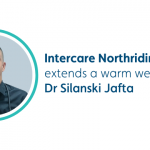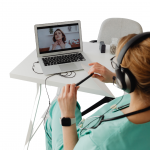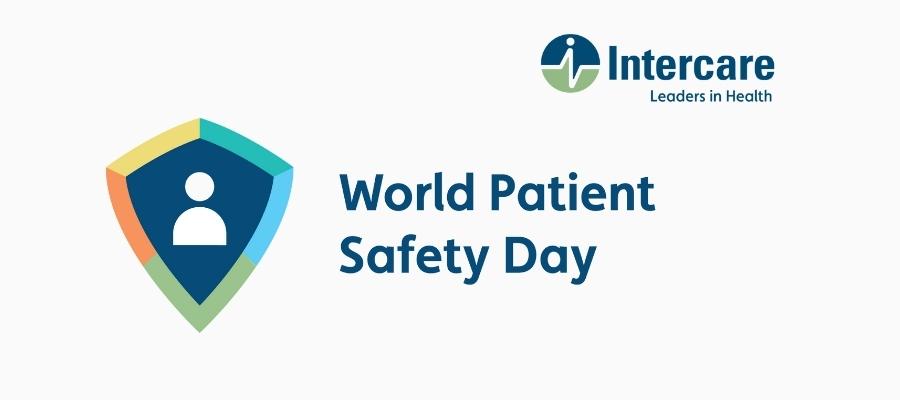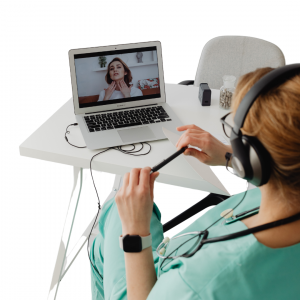While healthcare is considered safe overall, risk remains inherent in the delivery of care. Patients and their caregivers/families are active and essential role players in contributing to safe healthcare.
Gaps in information, communication and understanding between patients and providers play a significant role in many safety incidents.
Here are 5 ways you can help prevent this, and thereby contribute to safe healthcare
Give the medical professional as much information as possible.
Having a thorough knowledge of your health status and medical history assists medical professionals in determining the risks of treatment interventions and making better diagnoses. The following is particularly important to share with your medical professional:
- Chronic illnesses, major health events, or serious conditions you may have had previously.
- Medications you are taking – it is often helpful to bring these with you so the doctor can get as much information as possible including the correct name, frequency, and dosage of the medication.
- Any allergies you suffer from, whether medication-related, dietary allergies or even bee stings.
- Whether you are breastfeeding or pregnant, or if there is a possibility that you may be pregnant.
Make sure your personal information is complete and up to date.
Accurate and up-to-date personal information, including contact details, is vital to ensure you receive important communications, such as abnormal test results. It also helps providers to correctly identify you, for example before administering medication. Ask reception staff to check your details when you visit your doctor.
Understand your treatment plan and “safety net”.
It is very important that you are well informed and very clear on your treatment plan, particularly in the correct use of any prescribed medications.
A safety net refers to a “contingency” plan, which the medical professional and patient/caregiver agree upon before discharge or leaving the practice. This may include the following:
- What to do when a condition fails to improve or gets worse
- Potential serious complications, including how to recognise and act on them
- Possible medication side effects and how to manage these
Work with the healthcare team to keep the facility clean.
Safe healthcare includes protecting people from acquiring infections in healthcare facilities. While healthcare workers follow strict hygiene protocols, patients and visitors may carry pathogens, such as bacteria and viruses, into healthcare facilities.
You can help protect yourself and others by coughing into your sleeve or a tissue performing, regular hand hygiene, and following other protocols which may be asked of you by staff.
Provide feedback on your experience and observations.
Learning and improvement are critical components of any patient safety system. The Intercare Group believes patients and their caregivers are invaluable observers of the everyday processes and functioning of its facilities and encourage the submission of feedback using either [email protected] or the experience surveys that may be sent following your visit. Our customer experience and patient safety teams work closely together in assessing and responding to safety risks that may be identified through our patient feedback channels.
In summary, miscommunication and missing information between providers of care and patients are among the most common contributing factors in patient safety incidents. Patients can help make healthcare safer by providing accurate and comprehensive information, checking their understanding of the information provided by their medical professional, and giving their healthcare provider feedback on hazards or potential hazards they encounter. Patients and their caregivers/families are therefore active and essential role players making healthcare safer.
For you:
 We welcome Dr Silanski Jafta to the Intercare Northriding team | 1 min read
We welcome Dr Silanski Jafta to the Intercare Northriding team | 1 min read
 Intercare Classic Road Race 2025: A celebration of health, community, and giving back. | 2 min read
Intercare Classic Road Race 2025: A celebration of health, community, and giving back. | 2 min read
 What to expect at your first online GP consultation | 2 min read
What to expect at your first online GP consultation | 2 min read
 Meet Dr Gert Swart – new general practitioner at Intercare Mall@55 | 1 min read
Meet Dr Gert Swart – new general practitioner at Intercare Mall@55 | 1 min read








